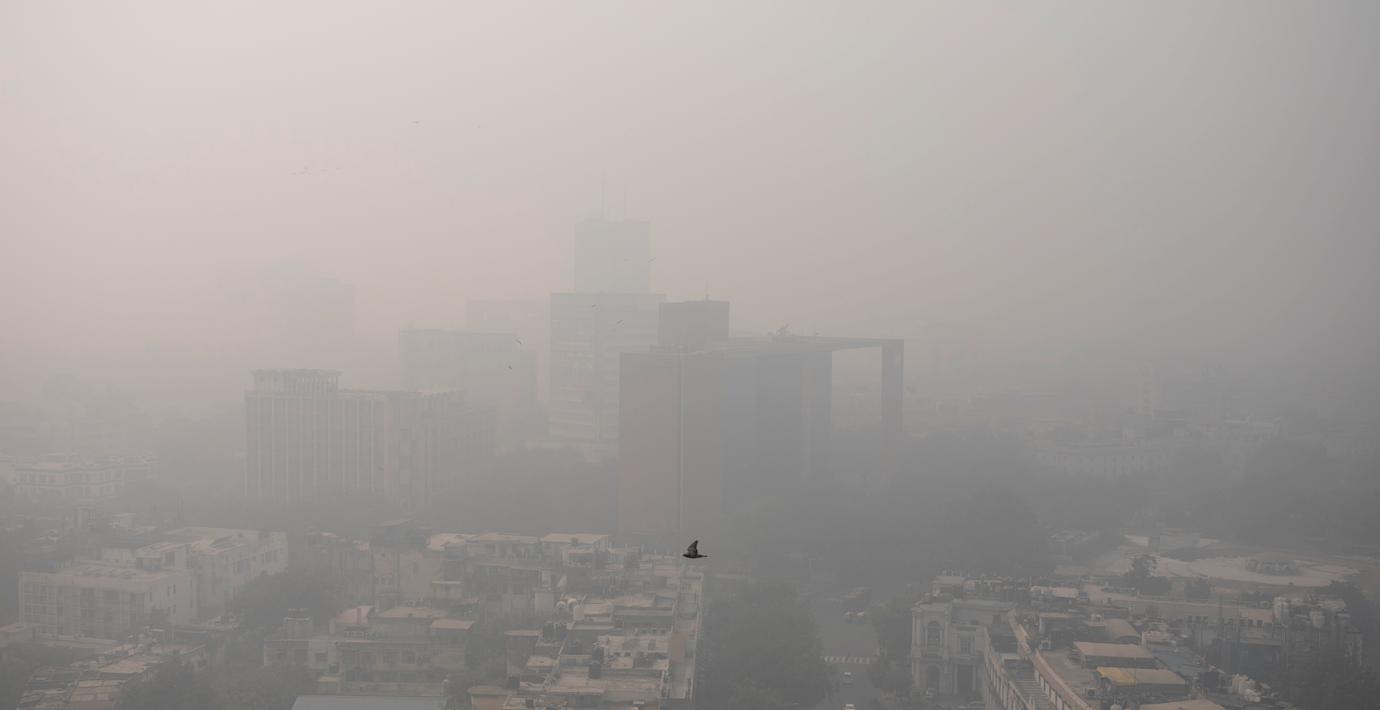
Delhi i kris: Bekämpar både virus och föroreningar
Indiens huvudstad New Delhi kämpar med att hantera både spridningen av coronaviruset och allvarlig luftförorening, varnar stadens chefsminister Arvind Kejriwal. Det rapporterar AFP.
Landet har både ett rekordhögt antal smittfall och landets värsta smog på ett år. Kejriwal har tidigare förbjudit smällare under festivalen Diwali.
”Coronasituationen försämras på grund av föroreningar”, säger Kejriwal.
Forskare har varnat att den redan ansträngda sjukvården kan bli överbelastad av föroreningsrelaterade fall.
Läs mer
bakgrund
Luftföroreningarna i Indien
Wikipedia (en)
Air pollution in India is a serious health issue. Of the most polluted cities in the world, 21 out of 30 were in India in 2019. As per a study based on 2016 data, at least 140 million people in India breathe air that is 10 times or more over the WHO safe limit and 13 of the world's 20 cities with the highest annual levels of air pollution are in India. The 51% of pollution is caused by the industrial pollution, 27 % by vehicles, 17% by crop burning and only 5% by fireworks. Air pollution contributes to the premature deaths of 2 million Indians every year. Emissions come from vehicles and industry, whereas in rural areas, much of the pollution stems from biomass burning for cooking and keeping warm. In autumn and winter months, large scale crop residue burning in agriculture fields – a cheaper alternative to mechanical tilling – is a major source of smoke, smog and particulate pollution. India has a low per capita emissions of greenhouse gases but the country as a whole is the third largest greenhouse gas producer after China and the United States. A 2013 study on non-smokers has found that have 30% weaker lung function than Europeans.The Air (Prevention and Control of Pollution) Act was passed in 1981 to regulate air pollution but has failed to reduce pollution because of poor enforcement of the rules.In 2015, Government of India, together with IIT Kanpur launched the National Air Quality Index. In 2019, India launched 'The National Clean Air Programme' with tentative national target of 20%-30% reduction in PM2.5 and PM10 concentrations by 2024, considering 2017 as the base year for comparison. It will be rolled out in 102 cities that are considered to have air quality worse than the National Ambient Air Quality Standards. There are other initiatives such as a 1,600-kilometre-long and 5-kilometre-wide The Great Green Wall of Aravalli green ecological corridor along Aravalli range from Gujarat to Delhi which will also connect to Shivalik hill range with planting of 1.35 billion (135 crore) new native trees over 10 years to combat the pollution. In December 2019, IIT Bombay, in partnership with the McKelvey School of Engineering of Washington University in St. Louis, launched the Aerosol and Air Quality Research Facility to study air pollution in India.
Omni är politiskt obundna och oberoende. Vi strävar efter att ge fler perspektiv på nyheterna. Har du frågor eller synpunkter kring vår rapportering? Kontakta redaktionen



